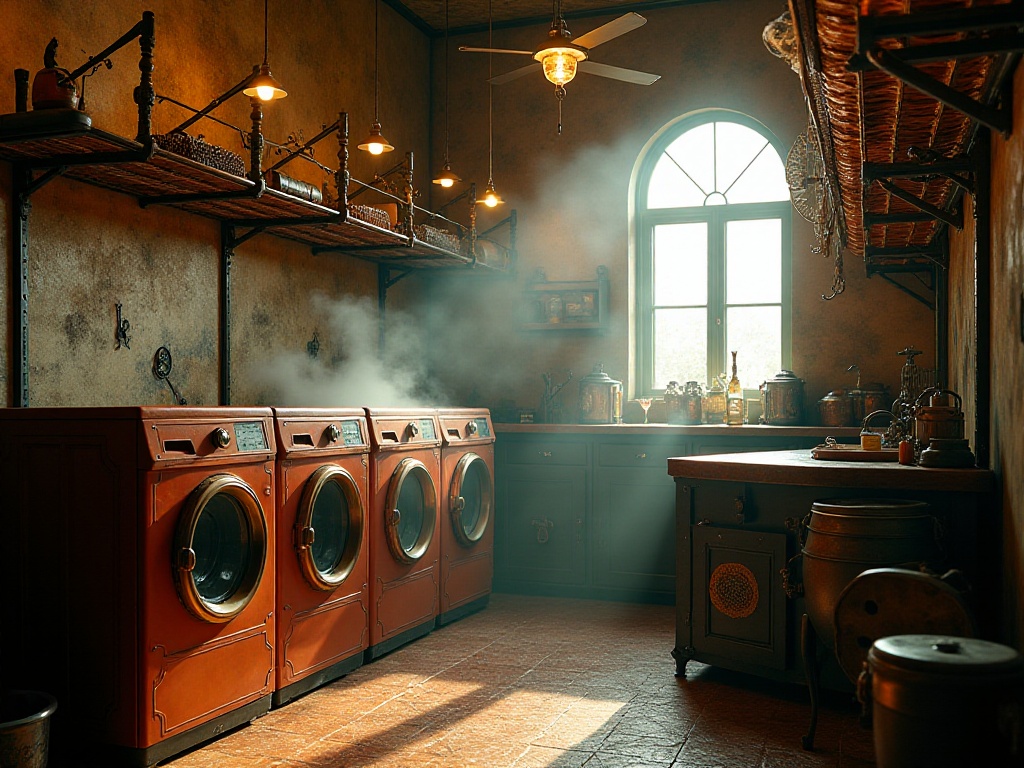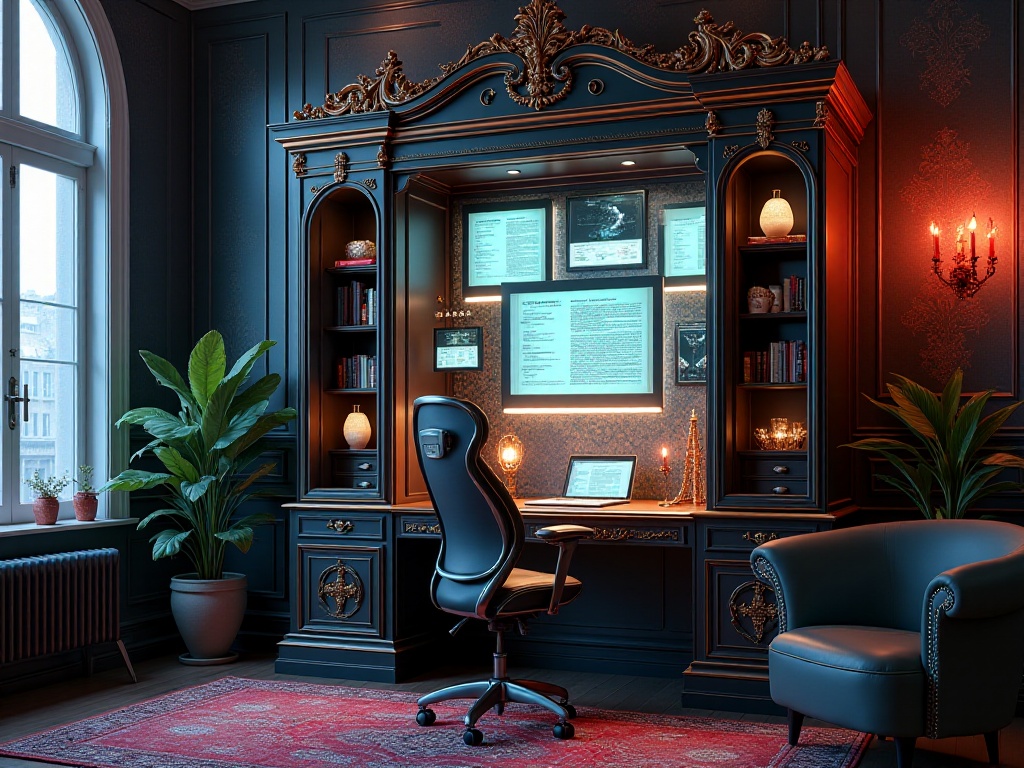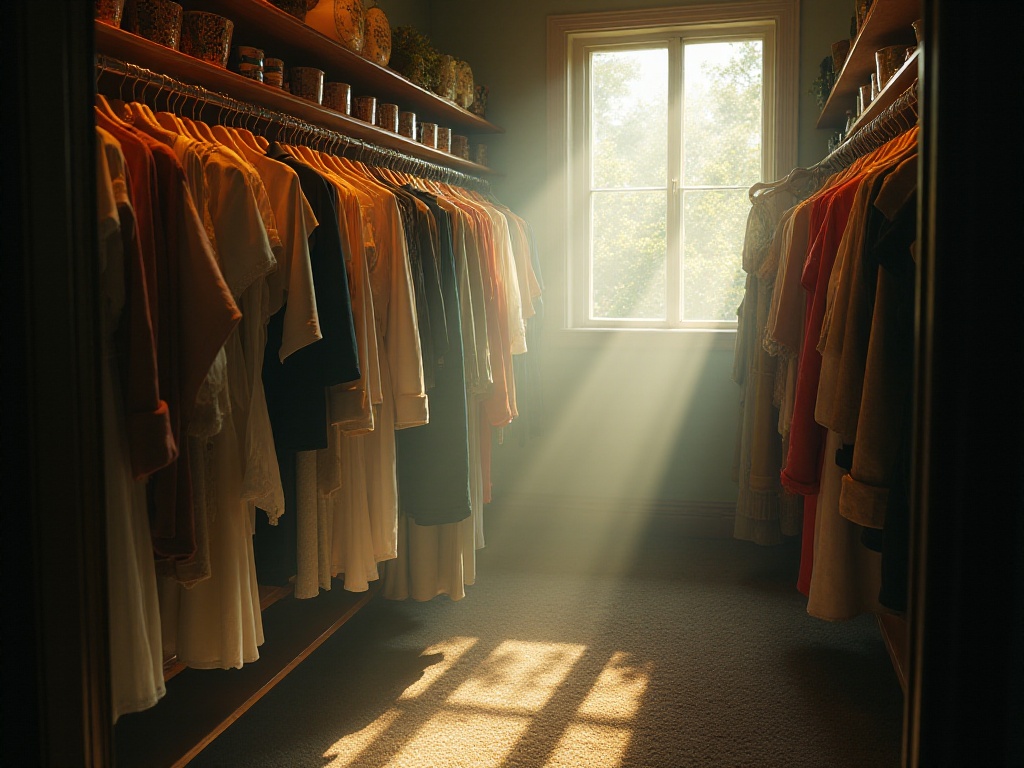Introduction
As someone born after 1995, I deeply understand the struggles of being a renter. When I first started working, my rented room was only about a dozen square meters, with an even more pitiful closet space. Every morning, finding clothes was like playing Tetris, with everything piled together. Finding the right piece was an absolute disaster. I remember almost being late for a date once because I couldn't find the hoodie I wanted to wear. After years of exploration and trial, I've finally found the best organization method for young urban dwellers, not only making my small room look neat and orderly but also making me feel great every day.
Understanding Common Misconceptions
When I first started working, like most young people, I thought buying things would solve the problem. I went crazy ordering storage solutions from various e-commerce platforms - storage boxes, storage bags, vacuum compression bags - adding anything with good reviews to my cart. During one Singles' Day sale, I spent nearly a thousand yuan just on storage items! But when the deliveries arrived, opening them in my small room was a nightmare. Not only did it fail to solve the chaos, but it made my already limited space feel even more cramped.
The funniest part was that after stuffing clothes into storage boxes, I soon forgot what was in which box. Once, while looking for a sweater, I turned every storage box inside out, only to find that the sweater was actually hanging in the closet. After that, I realized organization isn't about tools, but about methods and habits.
Letting Go
When it comes to letting go, I have many hard lessons to share. When I first started organizing my closet, I couldn't bear to throw away clothes that still had price tags, thinking I might wear them someday. These clothes ended up lying in my closet for two whole years, not only taking up valuable space but some even got moldy due to poor ventilation.
Later, I realized that rather than keeping these clothes I might never wear, it's better to give them to people who really need them. I started clearing out based on the "three no's principle": items not worn in a year, items that no longer fit, and items that no longer match my aesthetic - all were cleared out. That day, the clothes I cleared out filled the entire living room, including seven or eight pairs of jeans alone. Looking at these clothes, I realized how impulsive and blind my previous shopping had been.
For clothes I'm reluctant to throw away, I give myself a three-month consideration period. I put these clothes in a separate place, and if I haven't had the urge to wear them within three months, it means they're really not suitable for me. This method is particularly suitable for emotional young people like us - we won't dispose of clothes on impulse, nor will we keep our closets stuffed because we can't let go.

Categorized Storage
Categorized storage is truly a technical skill, and my current method is the result of countless failures. At first, I categorized clothes randomly, which meant I had to do a major reorganization every season change, which was very troublesome. Now my categorization method is much more scientific.
I place basic items worn in all seasons in the middle of the closet. These clothes include versatile plain T-shirts, basic hoodies, and frequently worn jeans. These clothes are like our daily meals - we might need them every day, so they must be placed in the most accessible position. I usually arrange these clothes by color, dark colors together and light colors together, which also makes coordination easier.
Current season clothing is the part I put the most effort into organizing. For example, during summer, I put various short-sleeve shirts, shorts, and dresses in the most visible positions. These clothes are basically worn in rotation throughout the week, so they need to be within sight to avoid scrambling when changing outfits.
Special occasion clothes, such as wedding guest dresses, interview suits, and festive clothes for Chinese New Year, are stored in the upper or lower layers of the closet. Although these clothes aren't worn frequently, they're usually more expensive, so attention must be paid to dust and moisture prevention. I put each special occasion garment in a dust cover and label it with the occasion it's meant for, making it easy to find when needed.
Seasonal clothing storage is the most easily overlooked. I made this mistake before, mixing summer and winter clothes together, requiring a major effort every season change. Now I prepare in advance during seasonal transitions, putting off-season clothes away in vacuum compression bags and storing them in boxes under the bed. This not only saves space but also protects clothes from moisture.
Storage Techniques
Speaking of vertical storage, this is my favorite method. I remember being amazed when I first saw this storage method in a video. After trying it, I discovered that this method not only makes the closet look neat but is also really practical.
Let me detail the steps of vertical storage. Taking a T-shirt as an example, first lay it flat on the bed, face down. Then fold it from both sides toward the middle, making the T-shirt about one-third of its original width. Next, roll it up from top to bottom, making sure to press out the air while rolling to make it more compact. Finally, place the rolled T-shirt upright in the drawer or storage box, arranging them like books.
The biggest advantage of this method is that you can see all your clothes at once, without having to flip through them. Also, taking out clothes doesn't affect the neatness of other clothes. Now in my closet, all T-shirts, sweaters, and sweatpants are stored using this method, making everything look very organized.
Zone storage is also very important. I use many transparent storage boxes in my closet to store different types of clothing separately. Underwear and socks each have their own compartments, and scarves and accessories have their own areas. The advantage of this is that different types of clothing don't get mixed together, and because the storage boxes are transparent, you can find what you're looking for at a glance.
I also use some tricks for storing small items. For example, with socks, I don't roll them into balls but fold them neatly and store them vertically. This not only maintains their shape but also makes it easier to see the style of each pair of socks. I categorize underwear by color and style, putting daily wear items in the most accessible positions and special occasion items further back.

Daily Maintenance
Maintenance is truly the most important part, and I can say this experience was gained through bitter lessons. I remember once being too busy with work and not organizing my closet for a week. When I finally got around to cleaning up on the weekend, I was about to break down. All the clothes were wrinkled and piled together, collars were deformed, and it took forever to find what I wanted to wear. Since then, I've made a rule for myself: spend 5 minutes every night before bed organizing the clothes worn that day.
These 5 minutes are really crucial. Fold the changed clothes and put them back in their place, check if any clothes need washing, and put those in the laundry basket. These small tasks don't take much time but can help you start the next day in a good mood.
The half-hour comprehensive organization on weekends is also important. I take out all the storage boxes for inspection, rearrange clothes that have gotten out of place, and check if any clothes need washing or repair. Keep up this habit, and your closet will never be messy.

Practical Advice
Speaking of sweater storage, this is truly a technical skill. I made mistakes before, hanging sweaters on hangers, which resulted in stretched-out collars after just a short time. Later, I switched to rolling them up, which worked much better. The specific method is: first lay the sweater flat, fold it, then gently roll it up, and secure it loosely with a thin string. This way, you won't damage the sweater while maintaining its shape.
Summer clothing storage also has its techniques. I store heavy winter clothes in vacuum compression bags, but remember to label the bags. I now use special label stickers that can be written on and erased, which is very convenient. On the labels, I write information such as the type of clothing, color, and suitable occasions, so I don't have to open each bag to see what's inside next time.
Moisture prevention is really crucial in storage, especially for those of us living in humid areas. I've tried many moisture-prevention products and found that activated charcoal bags are the best choice. They not only absorb moisture but also remove odors, and most importantly, they don't have the irritating smell of chemical products. I place activated charcoal bags in various corners of the closet and replace them every six months.

Storage Mistakes
Speaking of storage mistakes, I've made quite a few. At first, I liked to hang clothes very close together, thinking this would save space. But when taking out clothes, I would always pull out other clothes too, and the friction between clothes would cause static electricity and deformation. Now I leave appropriate gaps between hangers, which not only makes it convenient to take clothes in and out but also helps clothes maintain their shape.
Another mistake is pursuing excessive neatness. After seeing those perfectly organized storage photos online, I wanted to make my closet look that perfect too. But I found that such storage methods aren't practical at all - taking out one piece of clothing would destroy the overall aesthetic, and maintenance was extremely time-consuming. Now I focus more on practicality; as long as it's neat and orderly, it doesn't have to be perfectly aligned.

Conclusion
After three years of exploration and practice, I've finally found the storage method that suits me best. While my closet isn't a perfect showroom, it's practical and neat, and opening it every day makes me feel great.
Actually, organization isn't something that happens overnight; it requires gradually developing habits and finding methods that suit you. What's important isn't pursuing surface-level neatness, but establishing a sustainable organization system. I hope these experiences can help those of you who are also troubled by organization, and I welcome everyone to share their own organization tips.







